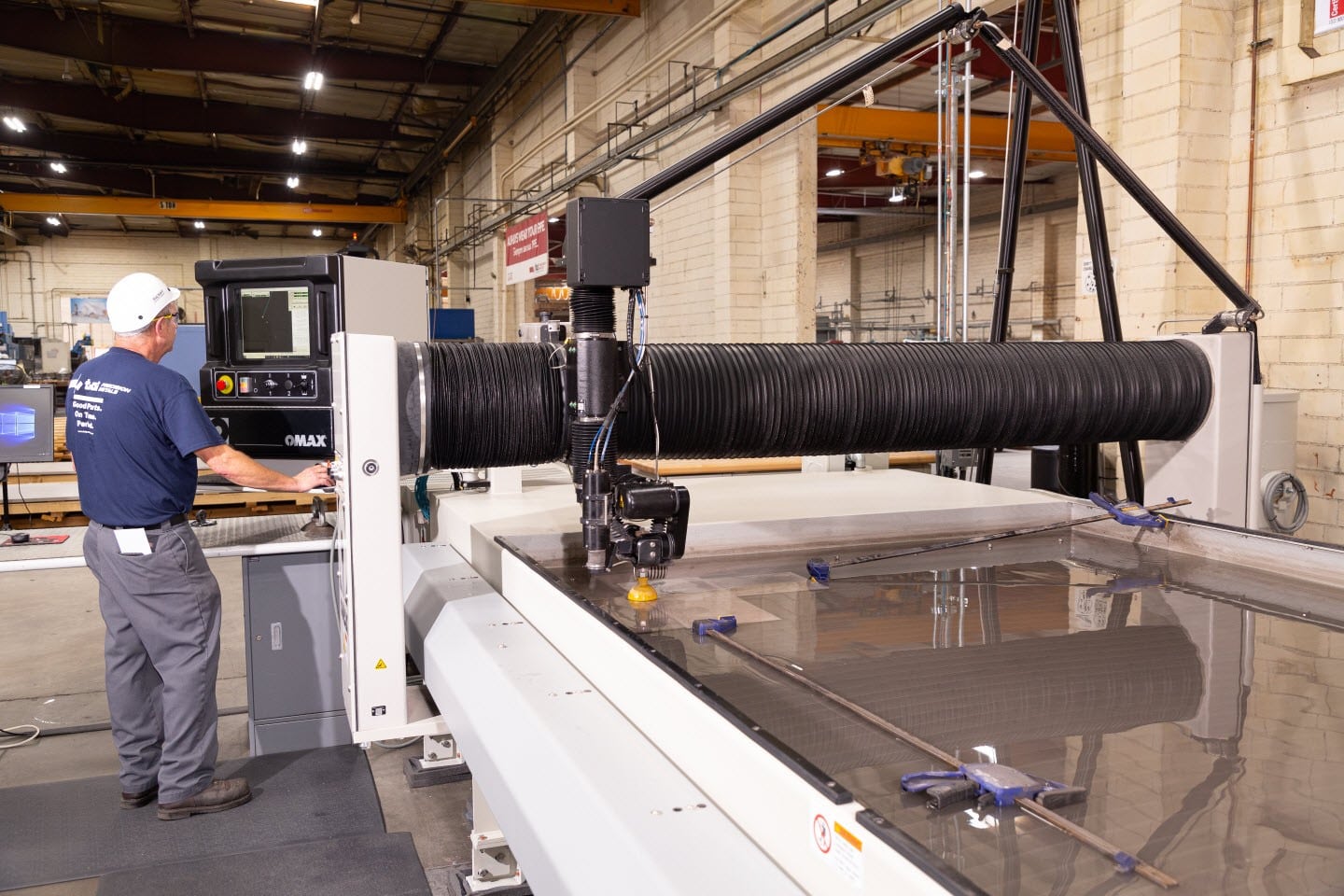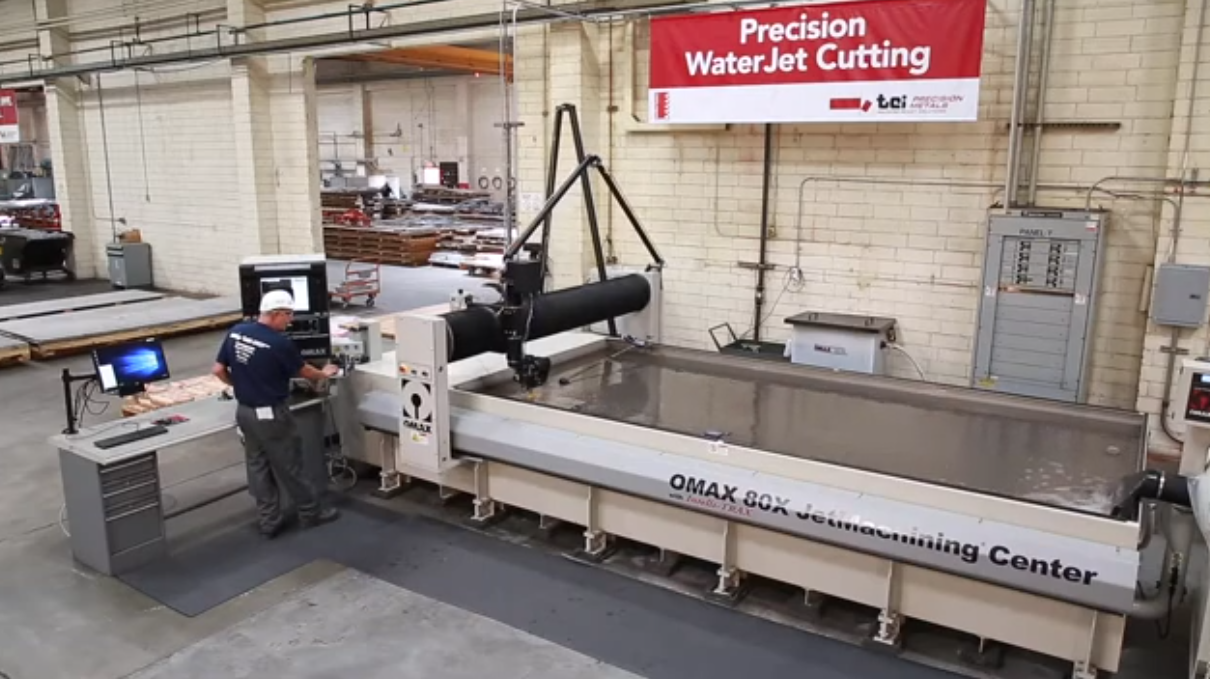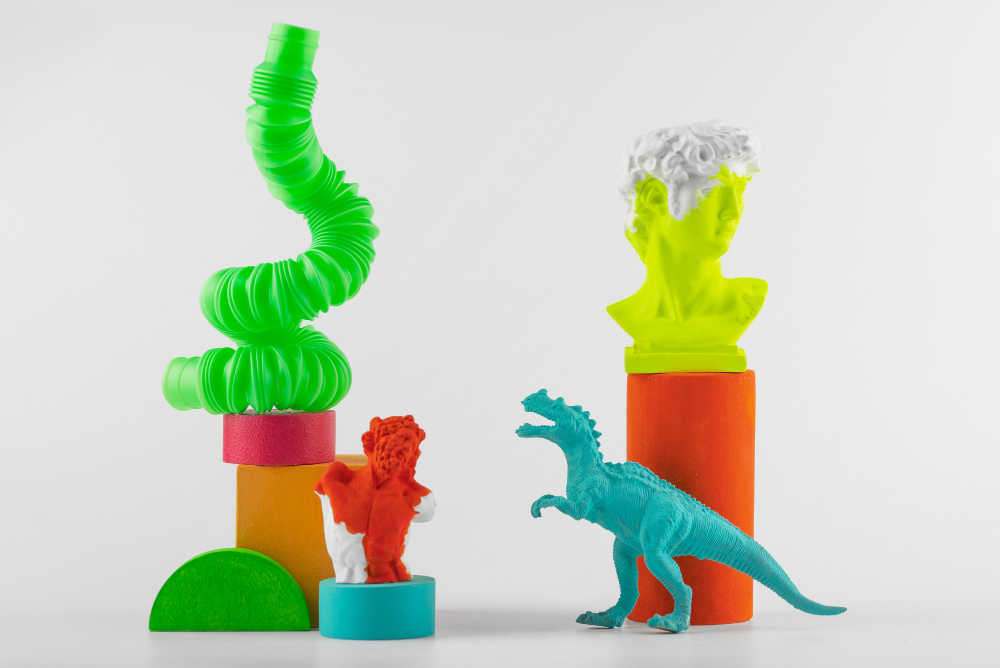Biomechanical Engineer: Where Engineering Meets the Human Body
There is a growing interest in engineering fields to analyze and understand the human body from an engineering perspective. Across all major engineering areas—from chemical to mechanical—professionals seek to improve quality of life and address health-related challenges. But how can engineers enter the exciting world of the human body? Below, we explore how mechanical engineers can apply their tools and knowledge to challenges within the biomechanical field.
Mechanical Engineering and Biomechanics
Biomechanics is commonly defined as “the application of mechanical engineering principles to living organisms” or “mechanics applied to biology, describing how bodies respond to forces and movement.” Regardless of the definition, biomechanics essentially applies mechanical concepts to understand and solve human-body-related problems.
If you are a mechanical engineer, you might wonder how this connection is possible. It’s simple: the elbow, wrist, or knee are essentially complex mechanical joints with specific limitations. Just like designing the hydraulic arm of a bulldozer—where you evaluate load capacity, degrees of freedom, movement ranges, and material selection—working with bones and joints follows similar principles.
For example, when studying the elbow, you analyze expected loads, degrees of freedom, and movement ranges. Designing prosthetics or assistive devices requires applying your engineering knowledge while also researching topics such as biocompatible materials and psychological comfort for the user.
Ergonomics and Biomechanics
Biomechanics is closely related to ergonomics, a field with applications ranging from designing a simple computer mouse to developing seating positions for astronauts—where the absence of gravity becomes a design factor.
Take the design of a new bicycle as an example. If the goal is speed or comfort, ergonomics helps shape decisions. Torque, power, and mechanical principles all influence the cyclist’s performance. Improving the rider’s position can increase torque and potentially boost speed. Mechanical principles applied to human performance: that is biomechanics.
Competitions such as ASME’s Human Powered Vehicle (HPV) challenge students worldwide to design vehicles powered solely by humans. These projects require the integration of multiple engineering disciplines, including biomechanics. A remarkable example is Aerovelo’s Eta Speedbike, which achieved an astonishing 86.65 mph—showcasing how mechanical, biological, and physiological principles come together.
How SolidFace Supports Biomechanical Projects
Although specialized software exists for specific biomechanical studies, 3D modeling itself does not change. Whether you are designing bones, prosthetics, skulls, bicycles, or ergonomic devices, traditional 3D modeling tools are fully capable of supporting biomechanical work. SolidFace provides all the flexibility needed to develop these models just like any other mechanical or industrial design.
The Final Statement
Given this, the question becomes: why rely on traditional standalone tools when you can adopt a cloud-based, collaborative platform? As shown in an engineer’s story, if you can complete a biomechanical project using a conventional tool, you can do so faster and more precisely with SolidFace—while paying for the license only for the months you need it.
If you already understand mechanical principles, you are closer to becoming a biomechanical expert than you think. As demonstrated with the bicycle example, embracing biomechanics is largely a matter of curiosity and initiative. With SolidFace, you have all the tools required to create and share 3D models effortlessly. If you wish to go further, additive manufacturing can help turn prototypes into reality.
Whatever direction you choose—whether exploring biomechanics or continuing in traditional mechanical design—SolidFace will support you every step of the way.






